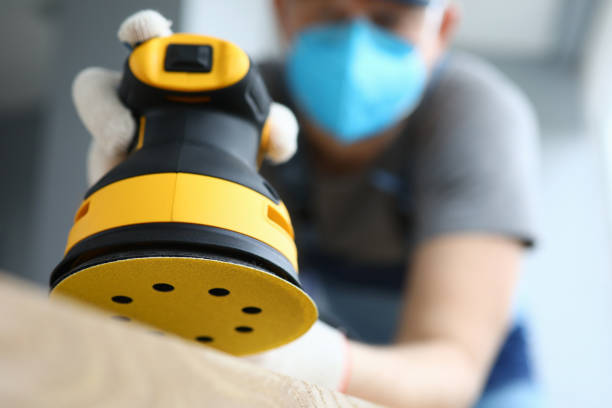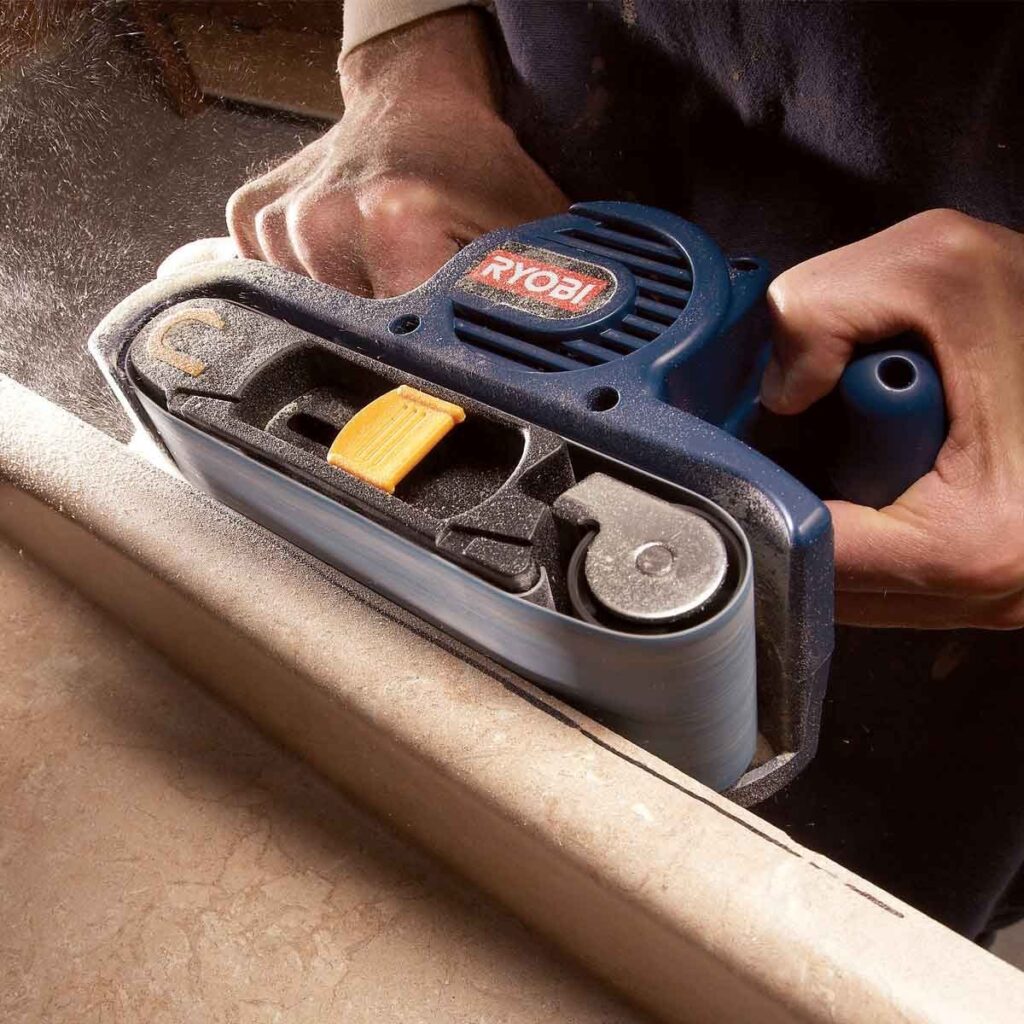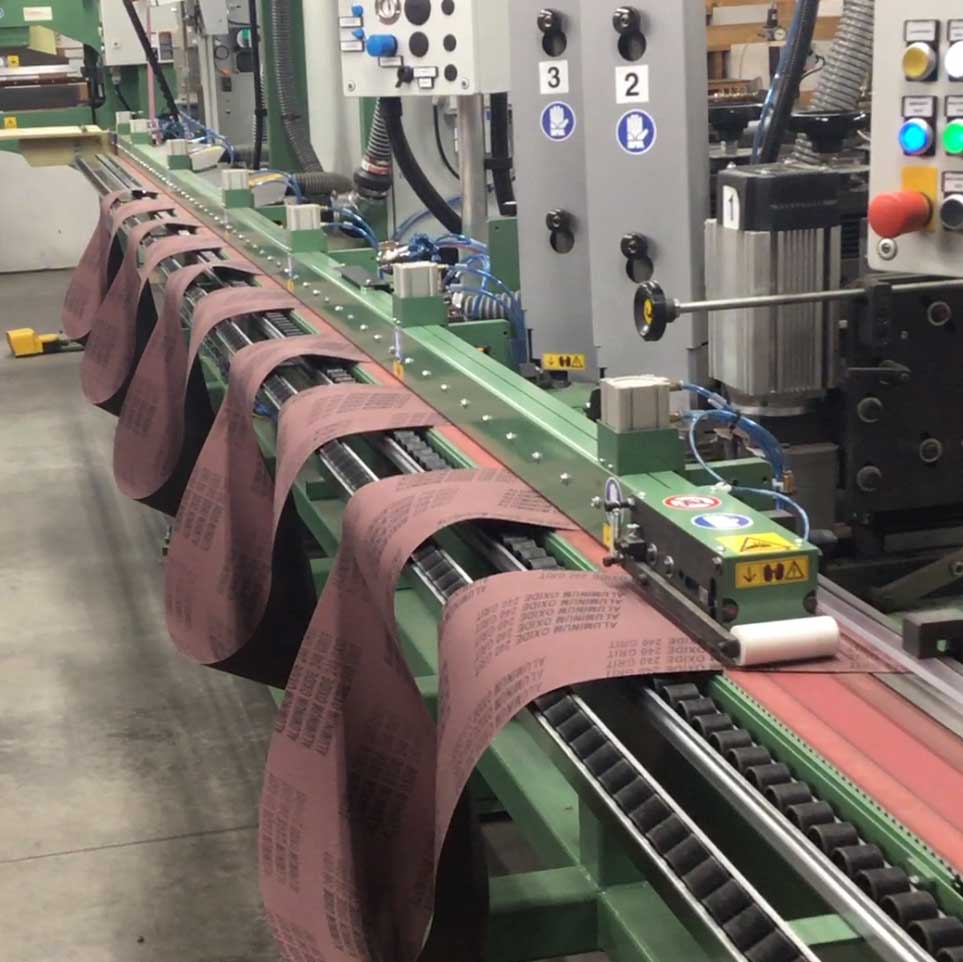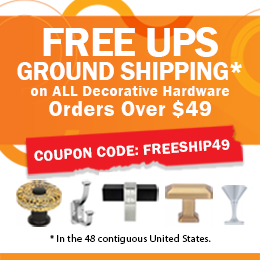When it comes to woodworking or any type of DIY project, sanding is a crucial step in achieving a polished and professional finish. Sanding tools come in various shapes and sizes, each with their unique features and benefits. In this blog post, we’ll be taking a closer look at abrasive discs, belts, and wide belts, discussing their differences and which one would be the best fit for your project.
Definition of Abrasive Disks, Belts, and Wide Belts
Abrasive discs are circular sanding tools that attach to a power drill or sander and come in a wide variety of different sizes and grits and backers. Abrasive belts are sanding belts that fit onto a belt sander, while wide abrasive belts are wider sanding belts used for industrial sanding applications.
Purpose of Sanding Tools
Sanding tools are used to remove rough edges, burrs, or imperfections on various surfaces, including wood, metal, and plastic. Sanding also improves adhesion by creating a smooth surface for paint or glue to adhere to.
Types of Sanding Tools
There are various types of sanding tools, including orbital sanders, belt sanders, and disc sanders, each unique in its own way. In this post, we’ll be focusing on abrasive discs, belts, and wide belts.

Abrasive Discs
Abrasive discs come in various grits, with the lower numbers being coarser, and the higher numbers being finer. The materials used for abrasive discs include aluminum oxide, ceramic, and silicon carbide.
Materials and Grit Sizes
Aluminum oxide is the most common material used for abrasive discs and is suitable for sanding wood, metal, and plastic. Silicon carbide disks are best suited for sanding stone, glass, and ceramics.
Types of Abrasives Discs
Abrasive discs come in various shapes and sizes, including foam discs, hook and loop discs, and peel and stick (PSA) discs.
Foam discs are best for moist finishing clear coats,varnishes and gel coats. They produce equal pressure and provide a uniform scratch pattern. The foam backer ensures that they conform to any contour.
Hook and Loop sanding discs are perfect for easy attachment and removal to your power tools because of the velcro type backer.
Peel and Stick disc are also very easy to remove and attach as they utilize a pressure sensitive adheasive backer.
Uses and Applications
Abrasive discs are perfect for sanding small or intricate surfaces, such as door frames, furniture, and cabinets. They are also ideal for removing paint or rust from metal surfaces.

Abrasive Belts
Abrasive belts come in various widths and grits and are ideal for sanding large surfaces, such as floors, tabletops, and doors. The wider the belt, the more surface area it can cover, resulting in faster sanding times.
Materials and Grit Sizes
Abrasive belts are made of the same materials as abrasive discs and are available in various grits, making them suitable for a wide range of applications.
Types of Abrasive Belts
Abrasive belts come in various types, including cloth-backed, paper-backed, and polyester-backed belts. Cloth-backed belts are durable and long-lasting, while paper-backed belts are more affordable and suited for lighter sanding applications. Polyester-backed belts are ideal for wet sanding applications.
Uses and Applications
Abrasive belts are ideal for sanding large surfaces, such as floors, tabletops, and doors. They are also ideal for removing old finishes or paint from wooden surfaces.

Wide Abrasive Belts
Wide abrasive belts are similar to abrasive belts but are wider, making them more suitable for industrial sanding applications.
Materials and Grit Sizes
Wide abrasive belts are made of the same materials as abrasive disks and belts and are available in various grits. They are suitable for sanding large surfaces, such as wooden boards or metal sheets.
Types of Wide Abrasive Belts
Wide abrasive belts come in various types, including paper-backed, cloth-backed, and polyester-backed belts.
Uses and Applications
Wide abrasive belts are ideal for industrial sanding applications, such as sanding large wooden boards or metal sheets. They are also suitable for sanding dense materials, such as particleboard or MDF.
Care and Maintenance of Sanding Tools
Caring for your sanding tools is essential to ensure their longevity and performance. Proper cleaning and storage are crucial, as well as replacing abrasive pads and belts when necessary.
Cleaning and Storage
After use, wipe your sanding tools clean with a dry cloth and store them in a dry, cool place. Avoid exposing them to moisture or extreme temperatures, which can damage the sanding surface and reduce their lifespan.
Replacing Abrasive Pads and Belts
Replace abrasive pads and belts when they become worn or damaged. Continuing to use them can result in reduced performance and may damage the surface you are sanding.
Ensuring Proper Use for Longevity
Ensure that you are using the correct grit and material for your sanding application. Also, avoid applying excessive pressure, which can result in overheating or damaging the sanding surface.
Conclusion
Sanding tools are essential for achieving a polished and professional finish in woodworking and DIY projects. Abrasive discs, belts, and wide belts each have their unique features and benefits, making them suitable for different sanding applications. By selecting the right sanding tool for your project and taking proper care of it, you can achieve a quality finish that will last for years to come.












 Do Not Sell My Personal Information
Do Not Sell My Personal Information